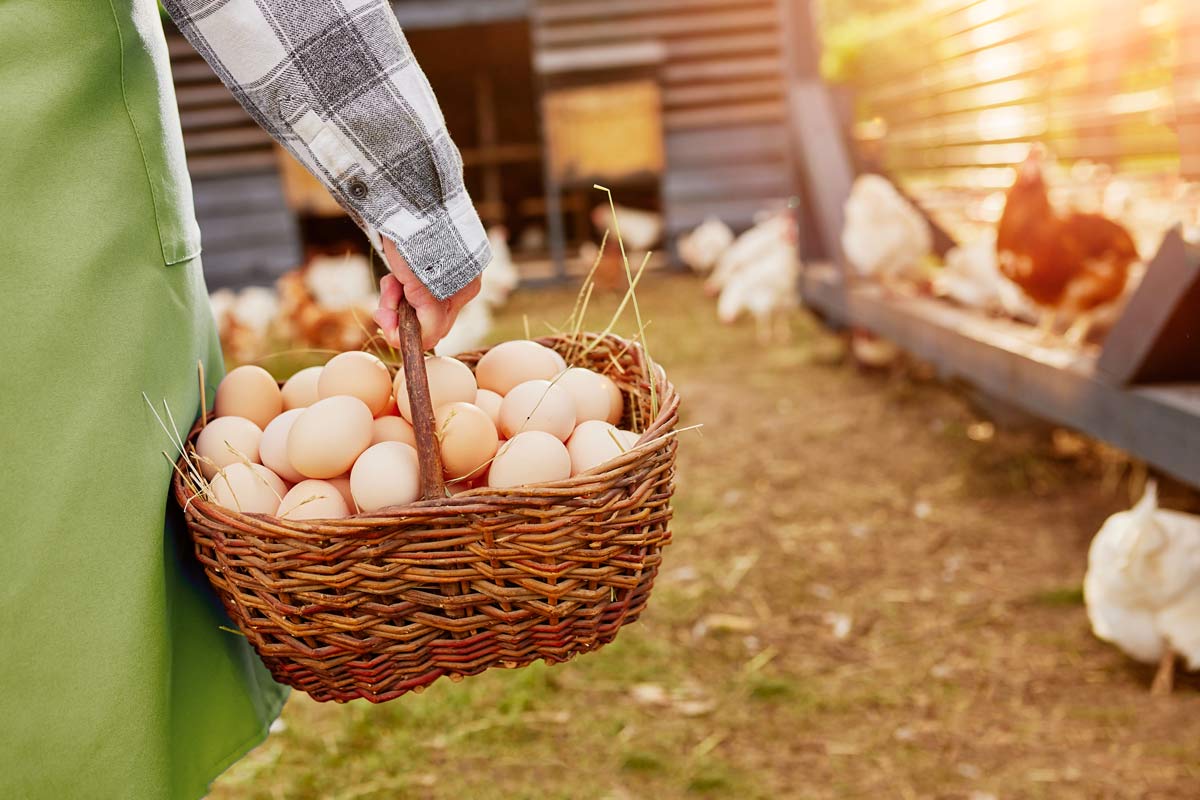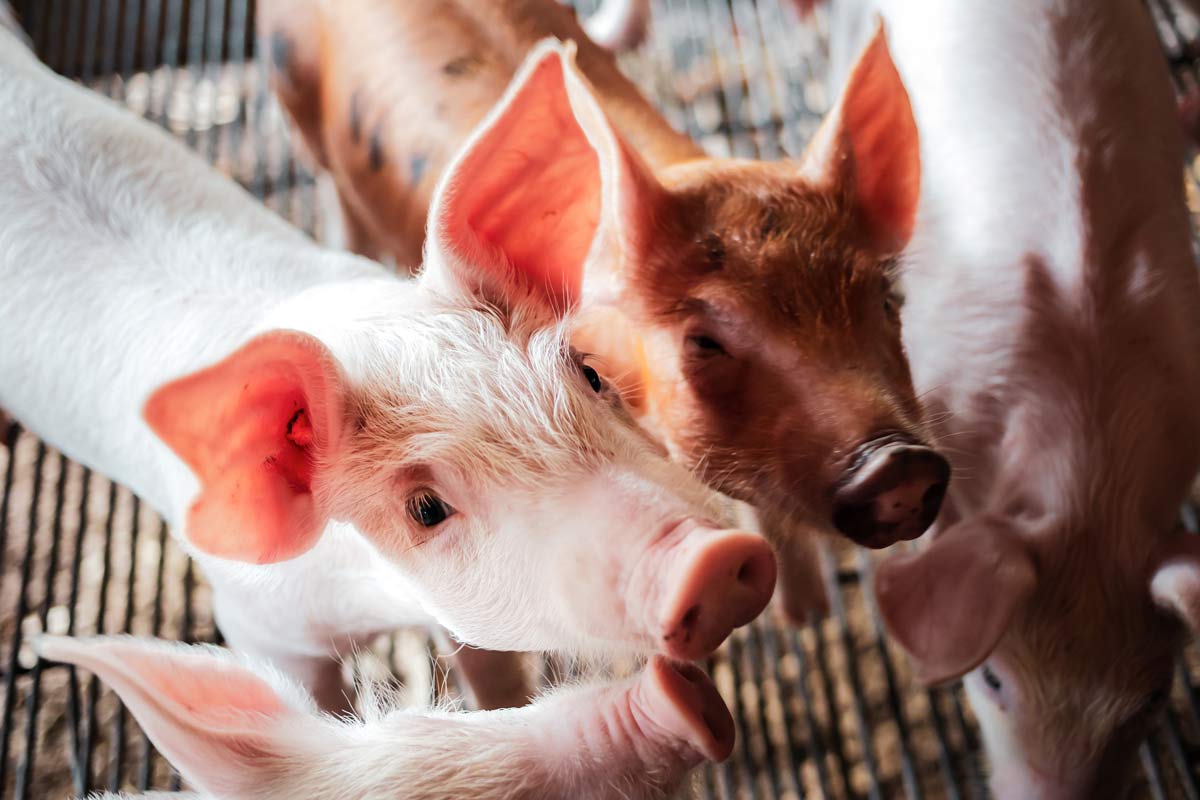
Agricultural subsidies also referred to as government subsidies or farm grants in Canada, play an important role in supporting domestic food production across the world. In Canada, the meat industry receives substantial government support through various subsidy programs at both the federal and provincial levels. This assistance aims to ensure a stable meat supply while enabling the sector to manage risks from weather events, diseases, and global market volatilities.
Meat production constitutes a major segment of Canadian agriculture. In 2021, red meat and poultry accounted for nearly 30% of total Canadian farm cash receipts, underlining the sector’s significance. Meat subsidies in Canada, like those provided to the dairy industry, have therefore been viewed as vital by policymakers to stabilize farm incomes. However, subsidies have also drawn scrutiny regarding their efficiency, transparency, and alignment with environmental goals.
The Scope of Meat Subsidies in Canada
Meat subsidies refer to financial assistance from federal and provincial governments to meat producers and processors. This aims to lower production costs, stabilize incomes, and provide emergency funds during disasters like floods and drought. Key goals include ensuring domestic sufficiency, maintaining stable prices for consumers, and supporting industry growth.
Major meats receiving subsidies in Canada are beef, pork, and poultry. Support is provided for activities ranging from livestock breeding and rearing to meat processing and export. The farm subsidies cover input costs such as animal feeds as well as capital investments in equipment, facilities, and transportation. Payments are also made to foster the adoption of cleaner production methods.

Key Statistics and Figures
According to the Organization for Economic Cooperation and Development (OECD), Canada provided an average of 8% of gross farm receipts as agricultural subsidies in 2017-2019. Further data indicates that CA$1.3 billion was disbursed in direct payments to meat producers in 2020. This highlights the extensive financial support the industry obtains.
Analysis shows that inflation-adjusted subsidies for meat production grew almost 40% between 2015 and 2019. This indicates rising government expenditure to bolster the sector. Experts forecast the uptrend continuing as extreme weather events pose increasing challenges.
Federal and Provincial Support Mechanisms
In Canada, agricultural subsidies are funded through cost-shared arrangements between federal and provincial governments. The producer support share typically involves 60% federal and 40% provincial contributions.
Key examples of meat subsidy programs include:
- AgriRecovery Framework – Provides disaster relief funds to help producers recover from weather events and disease outbreaks.
- AgriStability Program – Offers payments when farm income declines substantially due to production losses or market disruptions.
Such initiatives demonstrate the comprehensive mechanisms supporting meat production in Canada. The recently announced $219 million allocation to assist livestock producers facing drought and wildfires in Western Canada underscores the role subsidies play in helping the sector manage uncertainties.
Impact of Subsidies on the Meat Industry
Industry advocates highlight that subsidies like AgriStability enable meat businesses to remain viable during difficult years characterized by thin or negative margins. Such temporary relief prevents bankruptcies and farm exits across the sector. Subsidies also encourage meat producers to adopt environmentally sustainable practices by subsidizing investments in clean technologies.
However, critics argue that subsidies promote overproduction, which leads to manure and methane emissions from large, consolidated livestock operations. The market-distorting effects of subsidies are also pointed out, along with evidence suggesting limited effectiveness in stabilizing producer incomes.
Challenges and Criticisms

A major challenge with Canadian meat subsidies relates to distribution, with nearly 15% of producers receiving over 60% of total payments. Difficulties also exist regarding monitoring spending outcomes and environmental impacts.
Research indicates that subsidies keeping uncompetitive farms afloat could be reallocated to other social priorities like rural healthcare and education. Industry opposition, however, remains a barrier to reforms. Studies also reveal a need for subsidies better targeted at smaller producers versus large, consolidated operators.
Environmental scientists highlight that current subsidy models inadequately incentivize regenerative grass-fed systems versus grain-fed feedlot operations involving higher emissions and pollution. Health experts similarly argue for increased public health conditionalities around meat subsidy allocation.
Future of Meat Subsidies in Canada
Evolving trade agreements, environmental regulations, and consumer preferences are likely to shape future meat subsidy policy in Canada. Projected drops in domestic per capita meat consumption may also limit political incentives for sustaining high subsidy spends unless export market opportunities arise.
At the same time, increased outbreaks of animal diseases and extreme weather could motivate continued investment in business risk management programs like AgriRecovery to protect the sector. However, stronger ties to environmental and public health goals are essential to address criticisms while achieving agricultural policy aims.
The Canadian government subsidies form an integral mechanism supporting the viability and growth of meat production. But as pressures build around sustainability and health, evolving the design and objectives of such instruments will be crucial. Achieving an equitable balance between safeguarding domestic supply resilience and addressing environmental externalities remains a pivotal long-term challenge for the sector and policymakers. Careful targeting coupled with transparency and impact monitoring constitute potential pathways toward building farm grants and subsidy regimes fit for the 21st century.

